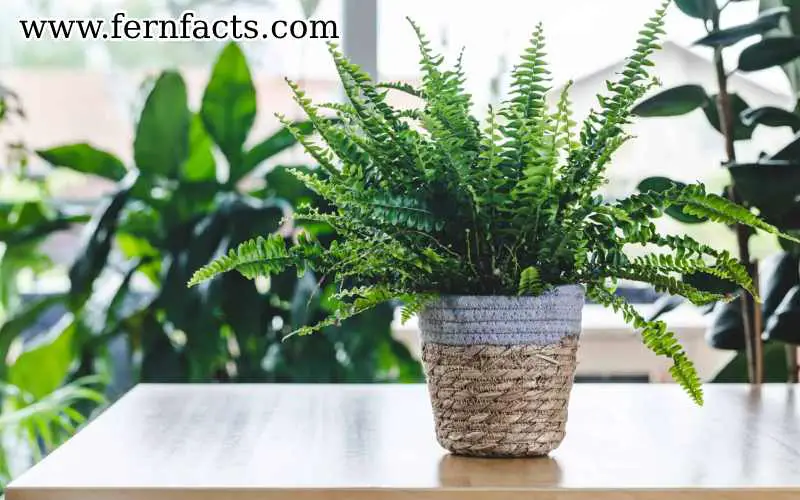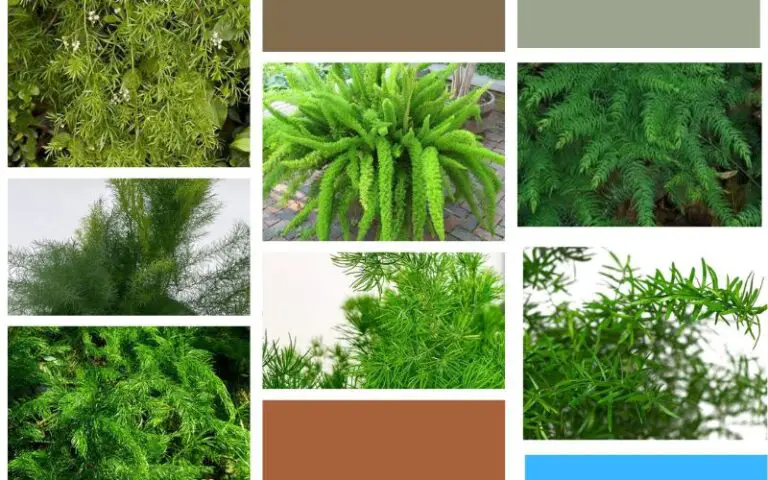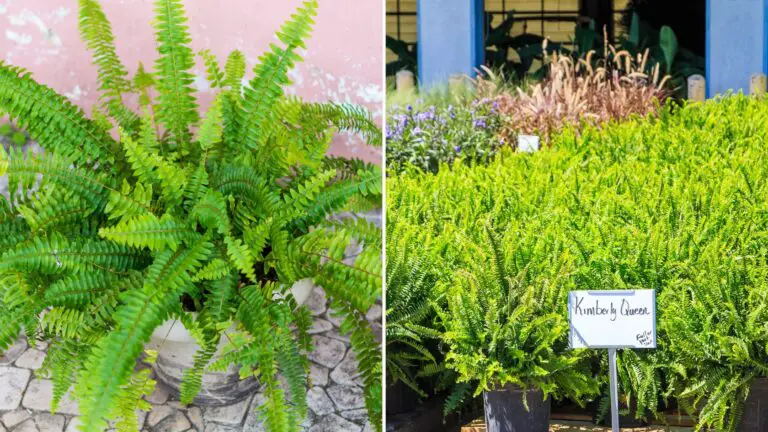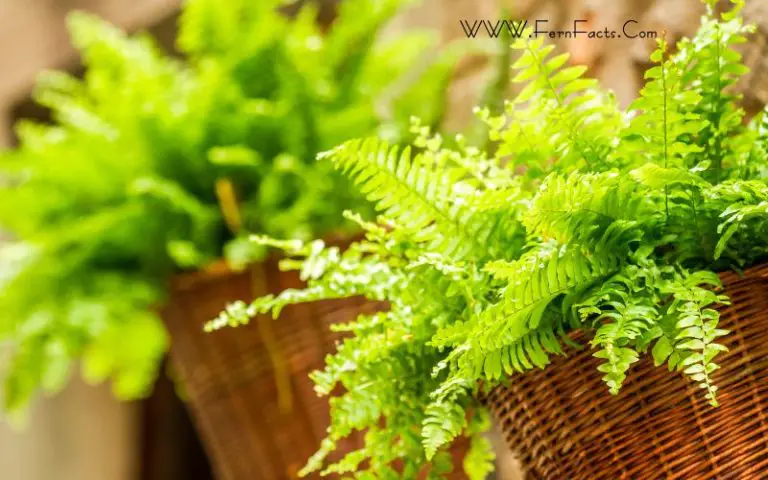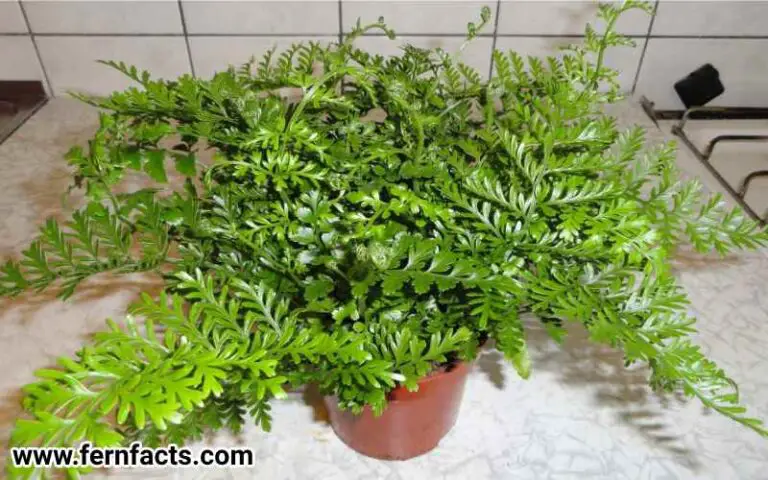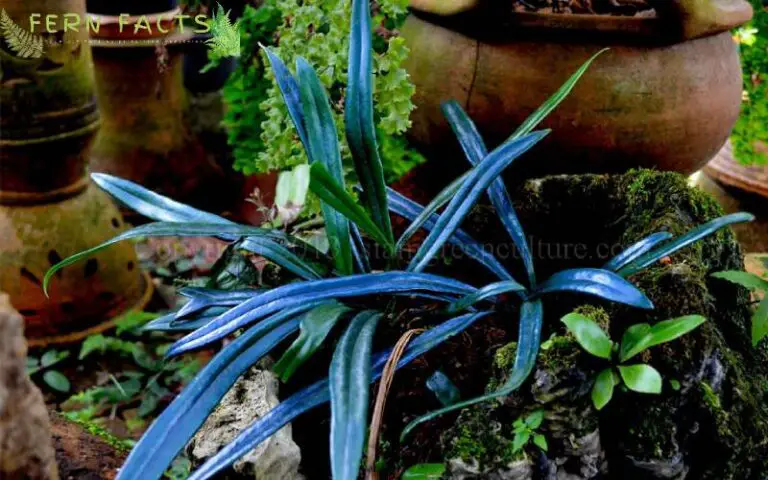Macho Fern Info – Tips for Growing a Macho Fern
Do you know anything about Macho ferns? They are tropical perennial plants that are widely native to North America.
They are strictly secured in Florida, so not everyone can plant these ferns at home. However, you can still grow these ferns if you buy them with legal rights from any trusted dealer.
If you want to know more about these ferns then read this article. In this article, I’ll provide guidelines about these Macho ferns so you have detailed information about these ferns.
Overview of Macho Ferns
- Botanical name: Nephrolepis biserrata
- Common names: Macho fern or Broad sword fern
- Plants: Perennial plants
- Native Region: North America
- Shade requirements: partial or full shade
- Height: around 3 to 4 ft tall
- Width: around 5 to 6 ft wide
- Soil type: Chalk, clay, loam and sand
- Soil pH: acidic, alkaline, and neutral
- Hardiness: 9, 10, 11
Macho ferns are perennial plants that grow best in North America. Apart from this country, they are also widely distributed in Florida, Mexico, Central America, West Indies, South America, Africa, and Southeast Asia.
These ferns have beautiful green foliage with grayish-brown stripes. Mostly, they are called sword ferns; however, in nurseries, they are labeled as Macho Ferns.
They can grow around 3 to 4 feet in height and 6 feet in width, although they have aggressive growth in some cases. Macho Ferns are strictly secured in Florida.
It’s not allowed for everyone to plant and grow these ferns in the wild. That is why, when you buy these ferns, ensure you have legal rights to buy these ferns from a trusted dealer.
Macho Ferns Care and Maintenance

Now let’s look into Macho Ferns’ basic growing and caring requirements.
Lighting
Macho ferns thrive in dappled and shaded places just, similar to their native habitats. Thus, they prefer partial to fully shaded places to grow.
In their native habitats, ferns mostly grow undercover, where they get indirect sun exposure. That’s why you should try to avoid planting them under direct sunlight.
Because it can burn their leaves or make their fronds dull and dehydrated, even for your indoor Macho Ferns, place them beside a window where they can get indirect sunlight.
Or you can place them on a south-facing balcony or windows to give them bright and indirect sunlight. Avoid afternoon sun exposure because those rays can burn their delicate fronds.
Hence, they should be located in a place where they can get dappled shade in a bright environment.
Watering
Macho ferns prefer moist and damp conditions in their soil. That’s why you have to water them until the soil is moist to a sufficient level. Don’t overwater or don’t waterlogged their soil.
Because they cannot stand overly soaked water. Those situations can rot their roots. In general, you can give this fern water once a week. Conversely, they also don’t tolerate excessive dryness or drought situations.
That’s why they don’t let their soil too dry. Drought conditions might give your plants a dry crispy frond. Thus, water them on a scheduled basis. Besides, in the winter seasons, you can reduce watering levels. You can pour water twice a month during winter.
Soil Requirements
Macho ferns thrive in moist and well-drained Soil. Similarly, they are also fond of slightly acidic and neutral soil. So rich humus acidic soil is needed for these ferns.
Since they are natively grown beside wetlands, you can prepare the soil according to that condition.
Just simply add organic compost, peat moss, perlite, orchid barks, and vermiculite and prepare rich humus soil for them. Their ideal pH level would be between 6.0 to 6.5.
A rich humus and drained soil will enrich the soil’s nutrients.
Temperature and Humidity
Native sword ferns’ ideal temperature range is 50°F to 78°F. Thus, they thrive actively in warm and humid temperatures.
Since they are warm-humidity-loving ferns, they don’t tolerate extreme frost conditions. In such weather, they get frozen. So, you need to take your outdoor potted ferns indoors before the winter season.
Since their hardy zone is between 9 and 10, they enjoy a humid atmosphere. You can also increase the humidity around your plants by placing a pebble tray or a humidifier.
It will help to intensify the humidity level. Alternatively, you can replace them in the kitchen and bathroom to keep the humidity level balanced.
Fertilizer
Like all other ferns, Macho ferns also need fertilizer during their growing seasons. So in the early spring and summer seasons, you can feed your plants.
For feeding, simply use an all-purpose fertilizer with half-strength. Already-grown plants will not require much fertilizer or feeding.
So only feed your newly grown Macho ferns to boost their growth. However, don’t over-fertilize your plant, it can give your ferns salt burn. You can feed your Macho ferns twice a year.
Pruning
Macho ferns don’t need a high level of pruning and grooming. Being a perennial plant, they lose their fronds during winter seasons. But don’t immediately cut off the fronds because it can affect their growth. Just wait for their growing seasons to come.
Right before their growing seasons, simply remove or pull off their dead, damaged fronds. Don’t cut deeply or remove any new ingrown fronds. It can harm their growth cycle.
How to Propagate Macho Ferns
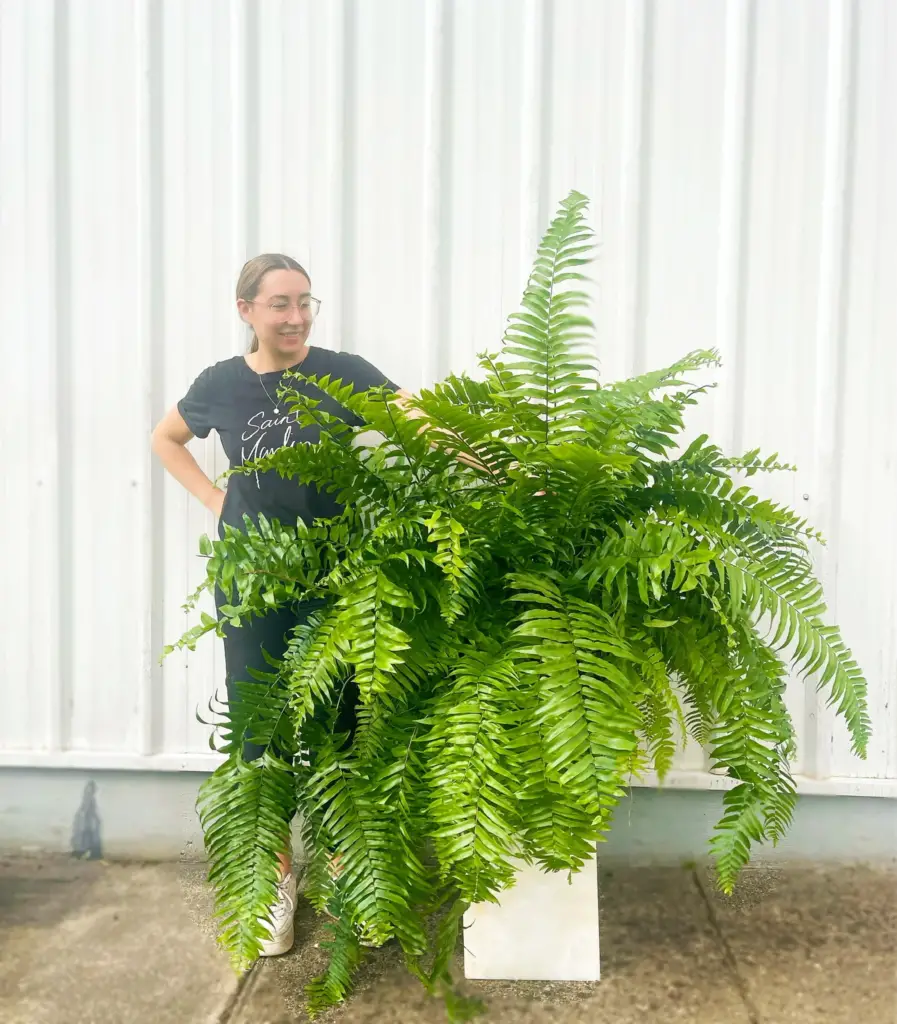
Well, Macho ferns can easily be propagated by their rhizome division. Early spring or fall would be the perfect time for this division process.
During the early spring seasons, take your plant and loosen the soil from the pot. Later remove your plant gently from the pot. If it’s planted in the garden, then dig out and remove your plant.
Then, dust off the soil from the plant and rinse it with water. After rinsing, divide the plants from their rhizome with your pruning tools or with your hand. Just ensure each part has an equal amount.
Then replant each segment into a pot or in your garden land with a new soil mixture. To mix the soil, prepare rich humus soil with organic compost, perlite, peat moss, vermiculite, and orchid bark.
It will moderately help your fern’s growth. Lastly, finish this plant.
Common Pests Problems of Macho Ferns
Indoor ferns mostly remain free from pests and insects. However, outdoor Macho ferns can be infected by mealybugs, scales, and aphid pests.
These pests and insects basically suck out fronds’ moisture and make the fronds dull, yellow and brown. In such cases, use pesticides and insecticides to get rid of these pest issues.
Read the labeled instructions while you are applying those pesticides. Similarly, you can also rub alcohol tissue to prevent pests and insect attacks. Be consistent when you are treating your plants to get 100% results.
Closing Thought
In final thought, Macho ferns are one of the tropical native ferns that are widely distributed in North America. They are strictly secured in Florida country so why not everyone can plant and grow these ferns at home without buying them legally from any dealer?
Nonetheless, by giving them thriving, moist, humid atmospheres, you can grow these native floridian Macho ferns at your house.

